Football
Film Study: Oklahoma State’s Wide Zone RPO
Dustin Ragusa moves to Week 4 in his dive into OSU’s 2017 playbook.
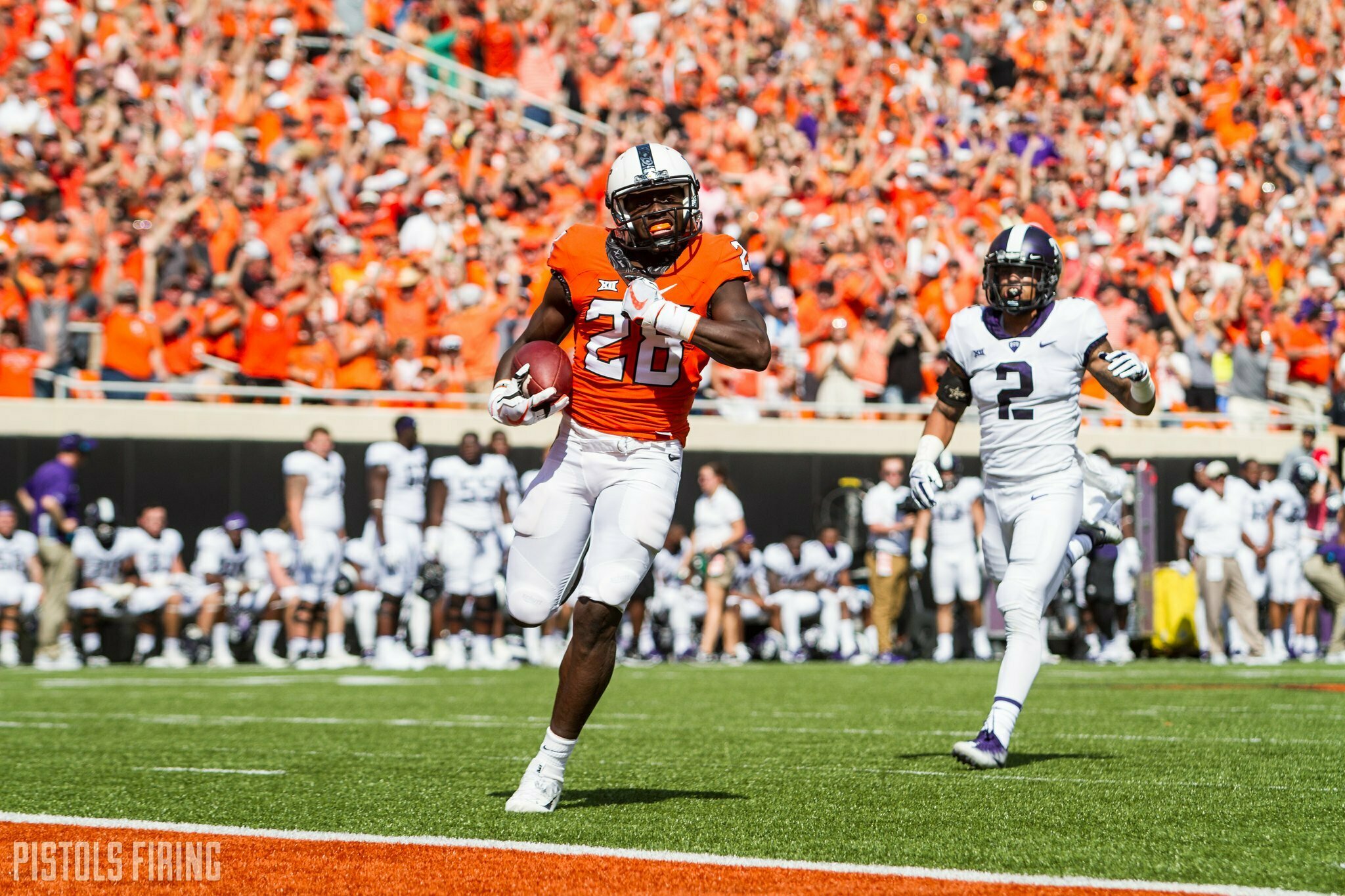
Following the order of the schedule, next up in my 2017 film breakdown series is the 31-44 loss to TCU. If you want to check out my breakdowns from the Pittsburgh game, the first game in this series, you can find them here.
Before I get into the first successful play discussion from the matchup with the Horned Frogs, I wanted to give a quick refresher on why I chose to cover the 2017 season. As I mentioned in a prior post, coach Wesley Ross wrote about attending practice earlier this year and noticing a lot of passing designs from that season. Oklahoma State wide receiver Tylan Wallace was recently on SiriusXM Big 12 radio and said the following about how the 2020 offense is going to look under new offensive coordinator Kasey Dunn.
“When I talk to coach Dunn, he said he thinks this offense is going to look more like the 2017 year with James and Mason. He compares it to that year a lot. If you want to have a guess as to what it’s going to look like, somewhat like that.”
Now, let’s get into the play for this post… the Wide Zone RPO.
As a reminder, the term “zone” refers to a blocking scheme that has the offensive linemen blocking specific gaps instead of a certain defender. If an O-lineman has a defender lined up in front of him, he blocks him. If he doesn’t, then he steps toward the play side and either helps double-team a defender or moves to the second level.
I’ve covered both Inside and Outside zone in previous articles. The main difference between these two zone concepts is on Inside Zone, the running back is normally looking to run off the outside hip of the guard, as opposed to Outside Zone, where the offense is attack the perimeter of the defense. See the two images below for further explanation.
Inside Zone
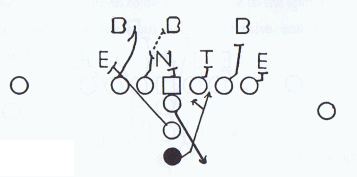
Outside Zone
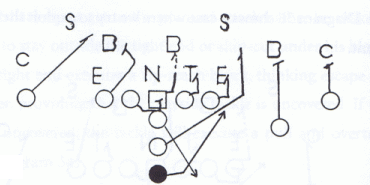
The Wide Zone play I will be covering below looks very similar to Outside Zone, however, instead of trying to attack the edge of the defense, the Wide Zone blocking scheme looks to stretch the edge of the defense. If the defense gives up the outside, the ball carrier will take advantage of it, causing the play to look at lot like Outside Zone. See the image below for further detail.

You will remember above I added “RPO” after Wide Zone. We’ve mainly be talking about a run play, but you will see in the following video that it actually has a pass option as well. That’s because RPO stands for “run-pass option”. Let’s first take a look at the diagram below I drew of this play.

As you can see, the quarterback has the option to either hand the ball off on the Wide Zone to the left, or throw the ball to the outside receiver running the inward breaking route. All of the offensive linemen are blocking Wide Zone, except for the right tackle who is in pass protection to give the quarterback some additional time to throw the football. Let’s take a look at this play from the TCU game.
Here’s another angle of the same play.
We took a look at the “pass” option of the RPO, so let’s look at the run option on a play later in the game.
And, here’s another look.
I definitely think this play will pop up at some point next season. If you want to learn even more about this concept, Coach Codutti on YouTube does a really good breakdown. Shout out to the guys at the Tape Doesn’t Lie Podcast for showing me his page.

-

 Football3 days ago
Football3 days agoFour-Star Quarterback Adam Schobel Commits to Oklahoma State, Flips from Baylor
-

 Hoops3 days ago
Hoops3 days ago‘Keep Turning Over the Rocks’: Looking at the Portal Landscape as Lutz Looks to Solidify His First OSU Roster
-
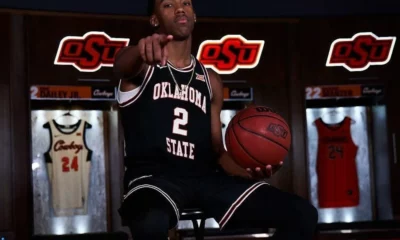
 Hoops3 days ago
Hoops3 days agoFour-Star Signee Jeremiah Johnson Reaffirms Commitment to Oklahoma State after Coaching Change
-
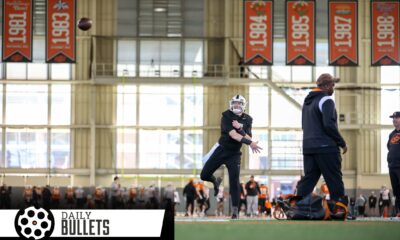
 Daily Bullets3 days ago
Daily Bullets3 days agoDaily Bullets (Apr. 23): Pokes Land Four-Star Quarterback, Retain Talent from Mike Boynton Era






